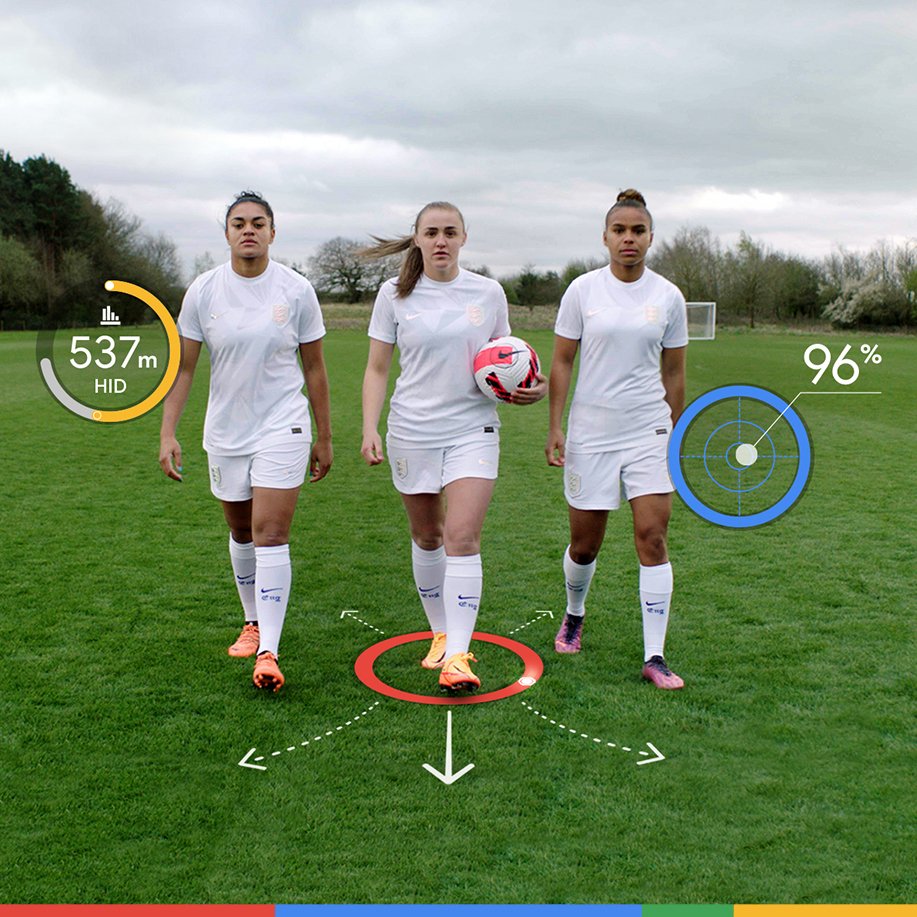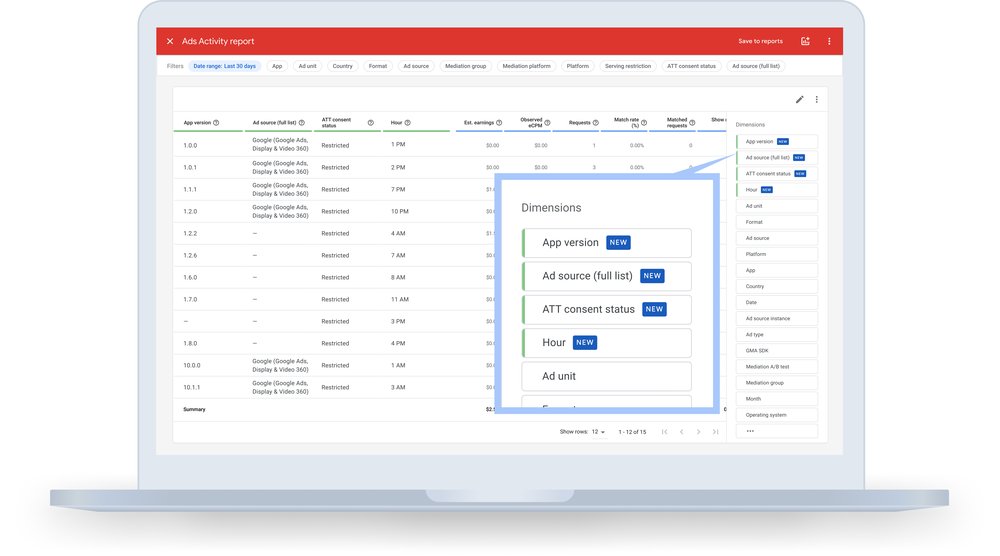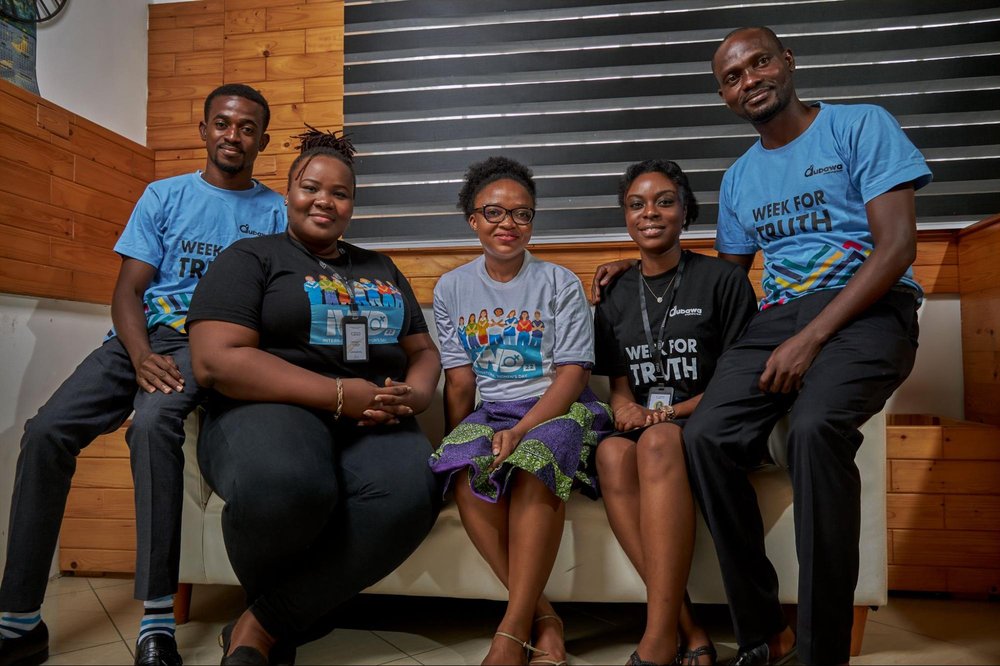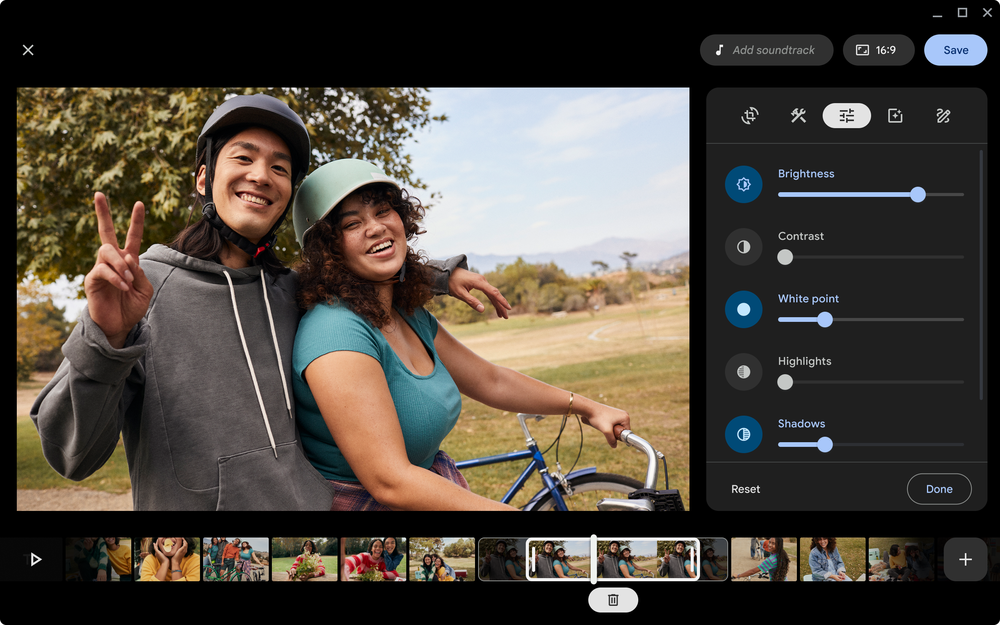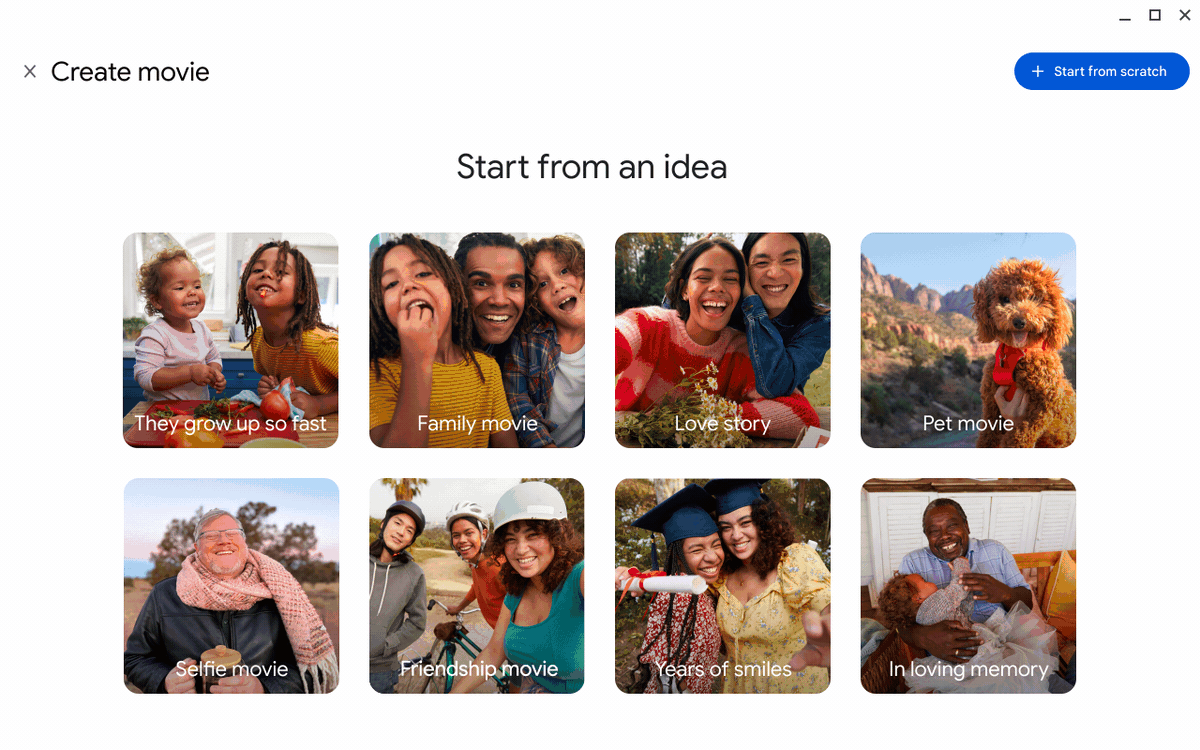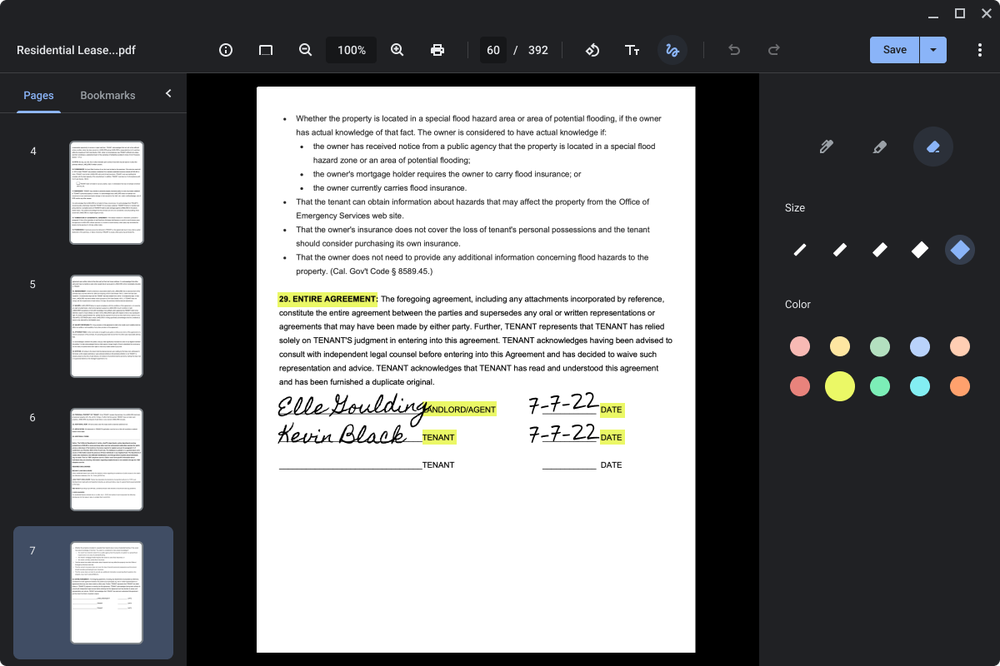July 29 is Global Tiger Day, a celebration of the majestic big cats that play a critical role on our planet and serve as cultural and spiritual icons for millions of people. Tigers are influential predators, key to maintaining healthy ecosystems that supply both people and the environment with fresh water, food and health.
Global Tiger Day was founded in 2010, when 13 tiger-range countries (the countries where tigers live in the wild) came together with a goal to double the number of wild tigers in the world — perhaps the most ambitious recovery effort for a single species. World Wildlife Fund (WWF) has partnered with Google Registry to launch the .day domains tiger.day and endangeredspecies.day, to drive attention to this urgent cause.
The team at WWF imagines a world where wild tigers are recovering and thriving. So, how do we get there?
- Support the Big Cat Public Safety Act. In the U.S., WWF is calling upon Congress to pass the Big Cat Public Safety Act, legislation that would help monitor and regulate the thousands of captive tigers across the U.S. and help prevent them from ending up in the illegal trade in tiger parts and products. Anyone in the U.S. can show their support by contacting their representatives here.
- Report any suspected illegal wildlife products to theCoalition to End Wildlife Trafficking Online. Tiger poaching and the illegal trade of live tigers remains a constant threat to the tiger population. WWF is focusing on efforts that reduce demand for tiger products.
- Become a tiger advocate. Sharing the importance of protecting tigers and their habitats with your community is an easy thing that anyone do. Consider becoming a Panda Ambassador to engage with others who are also committed to saving wildlife and the environment while supporting WWF.
After a century of decline, overall wild tiger numbers in Asia are starting to trend upward, thanks to the passionate work of many advocates. But there’s so much more to be done.
Tiger recovery is possible when governments, communities, conservation organizations and others work together. Visit tiger.day to learn how you can help protect wild tigers. Because protecting wild tigers protects so much more than just this iconic species.

Tigress and cub (Panthera tigris) in Ranthambore Tiger Reserve, India.
© Shutterstock / Bhasmang Mehta / WWF-International
by Ginette HemleyWorld Wildlife Fund via The Keyword
